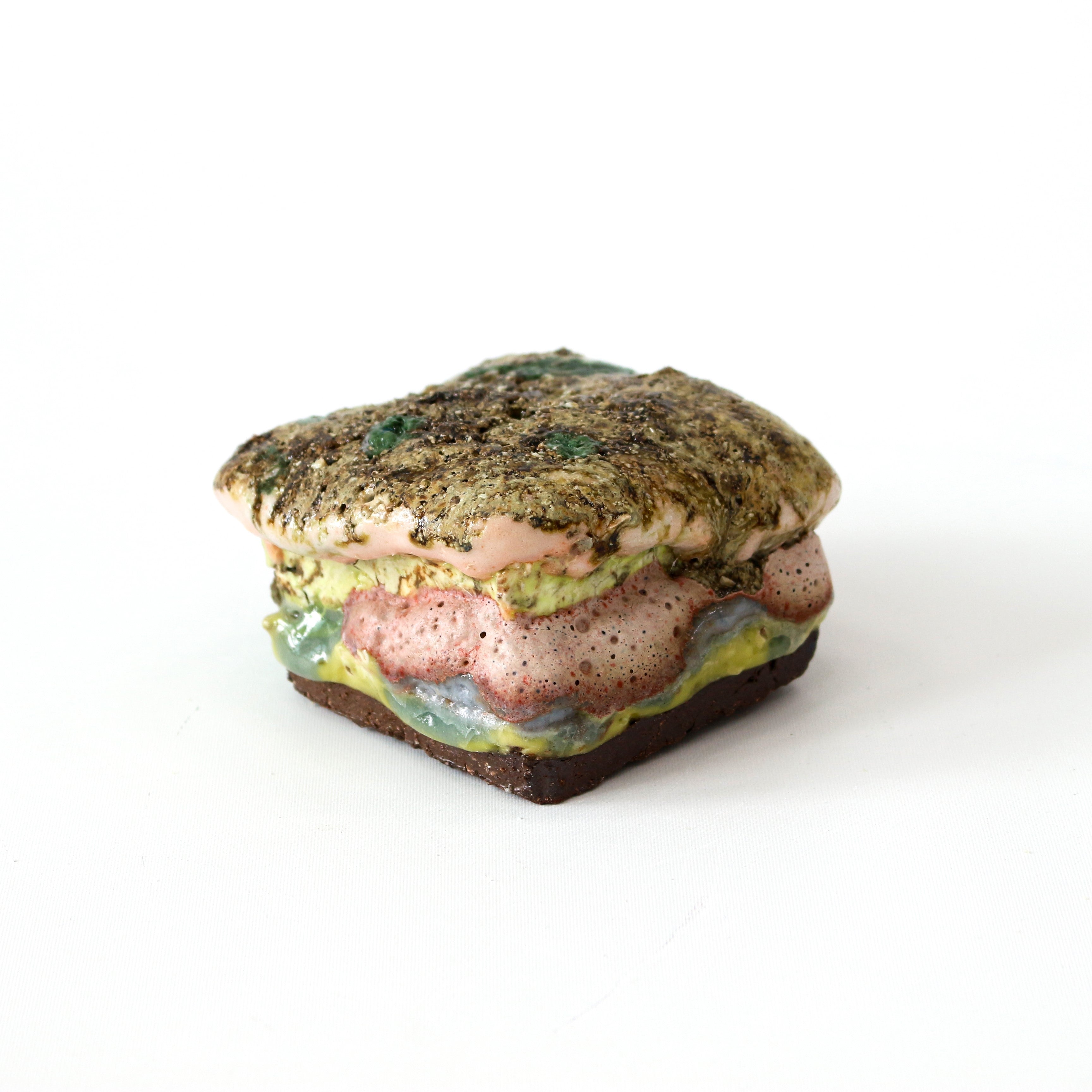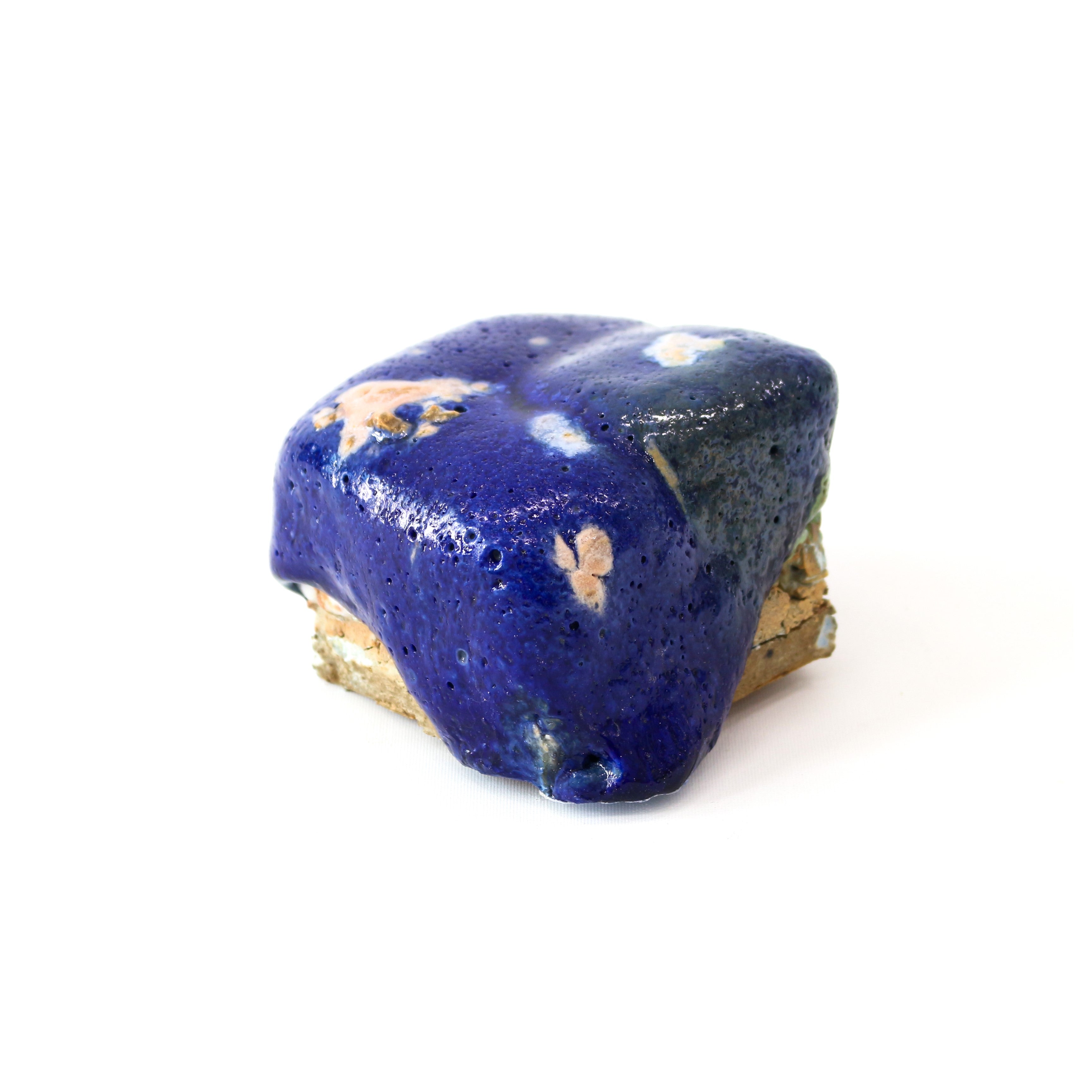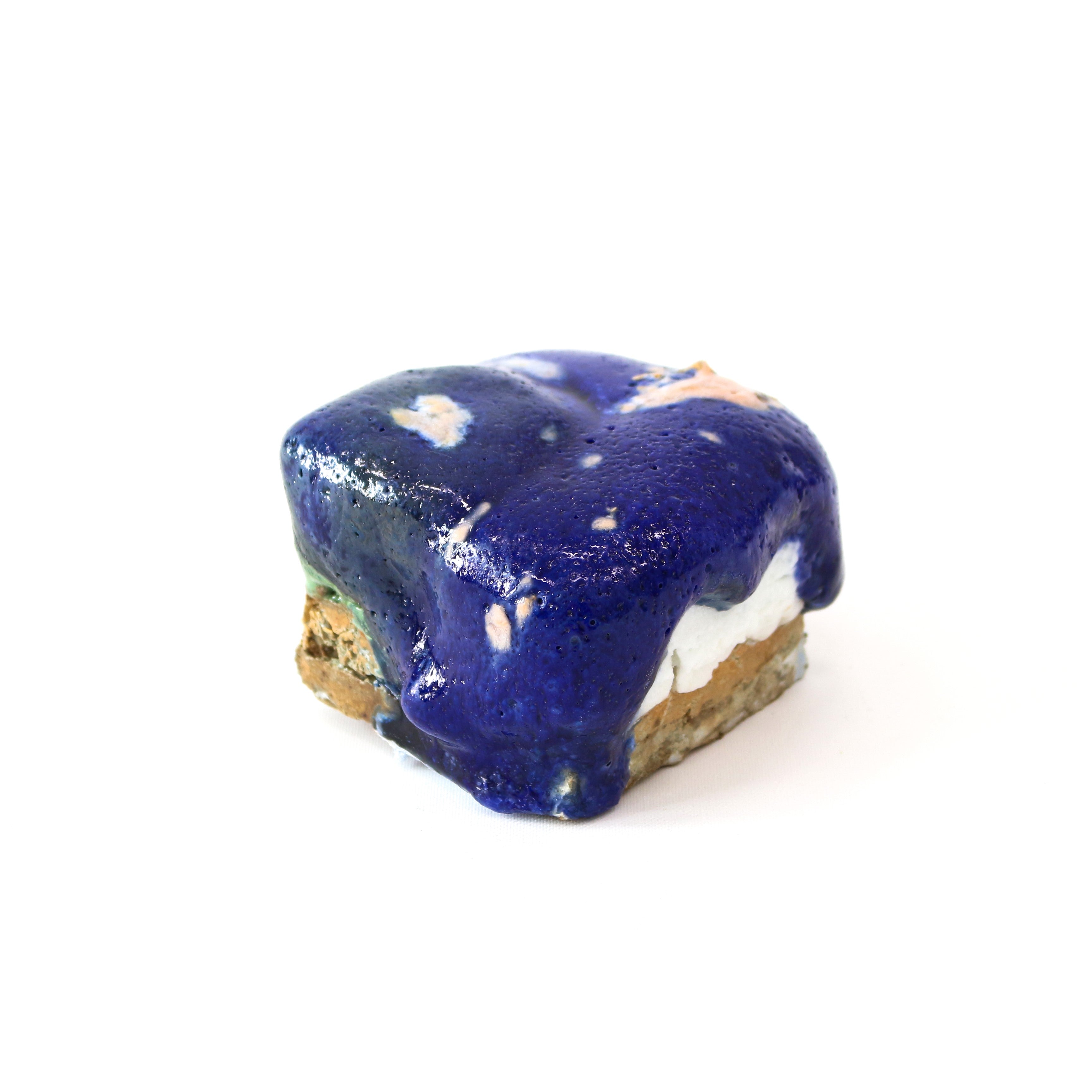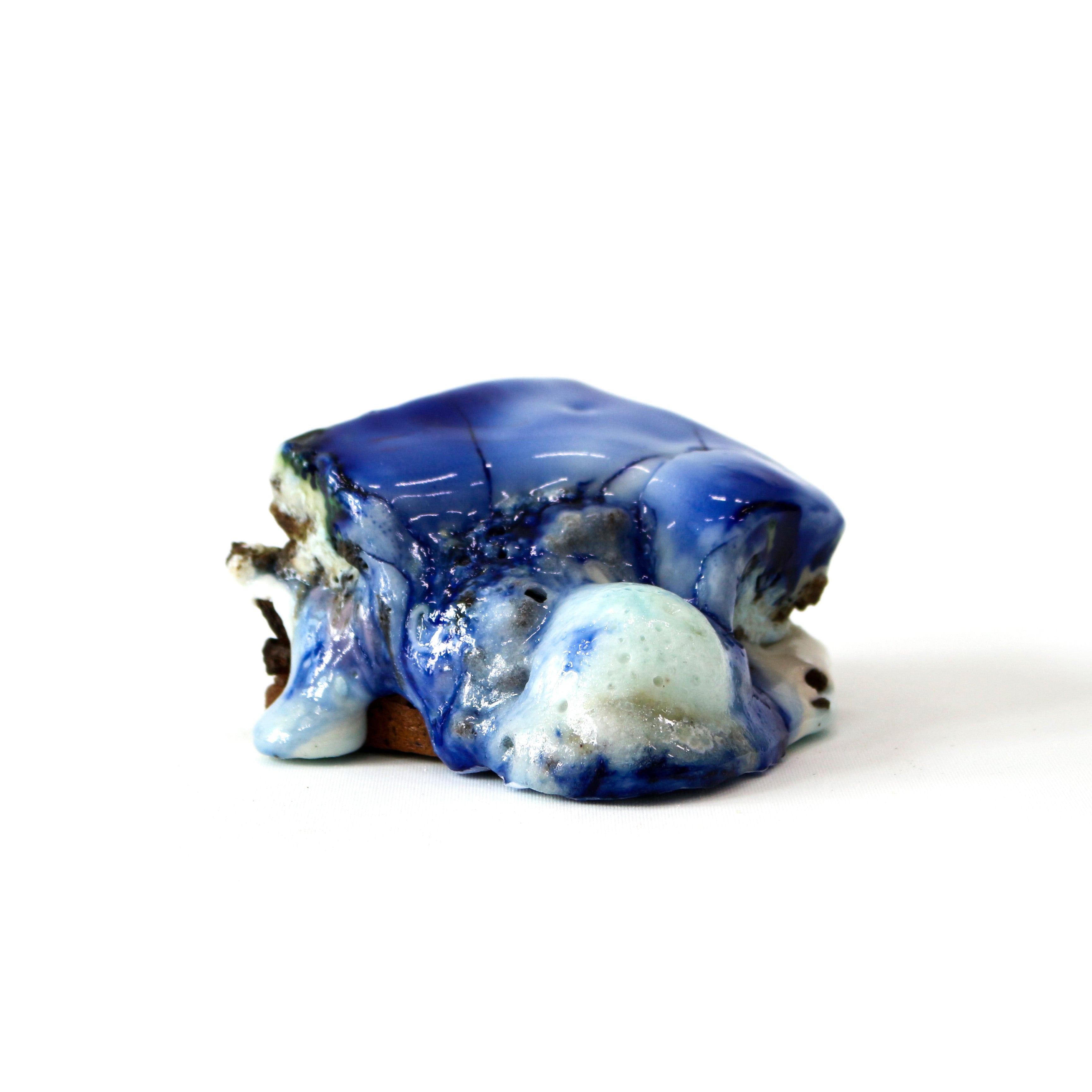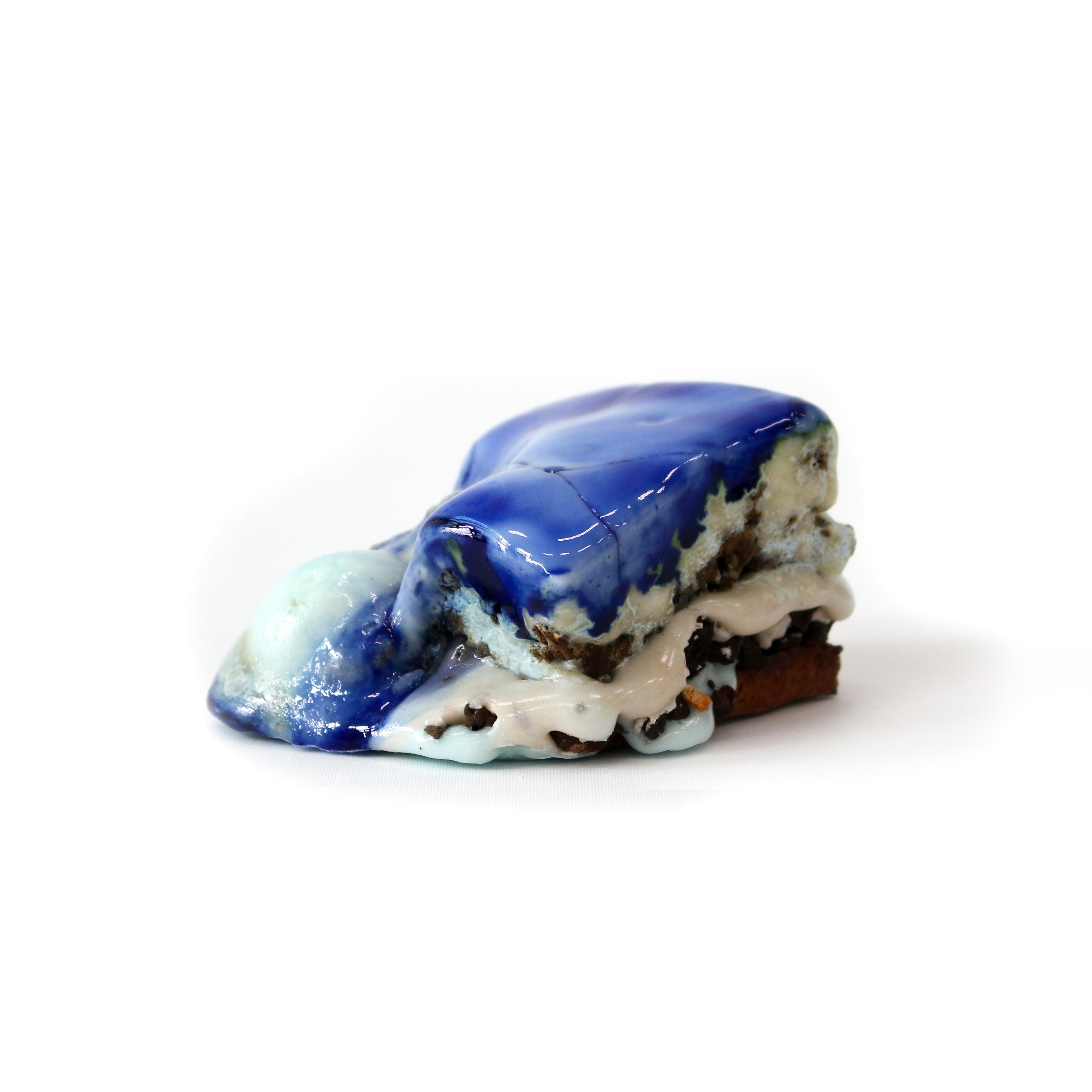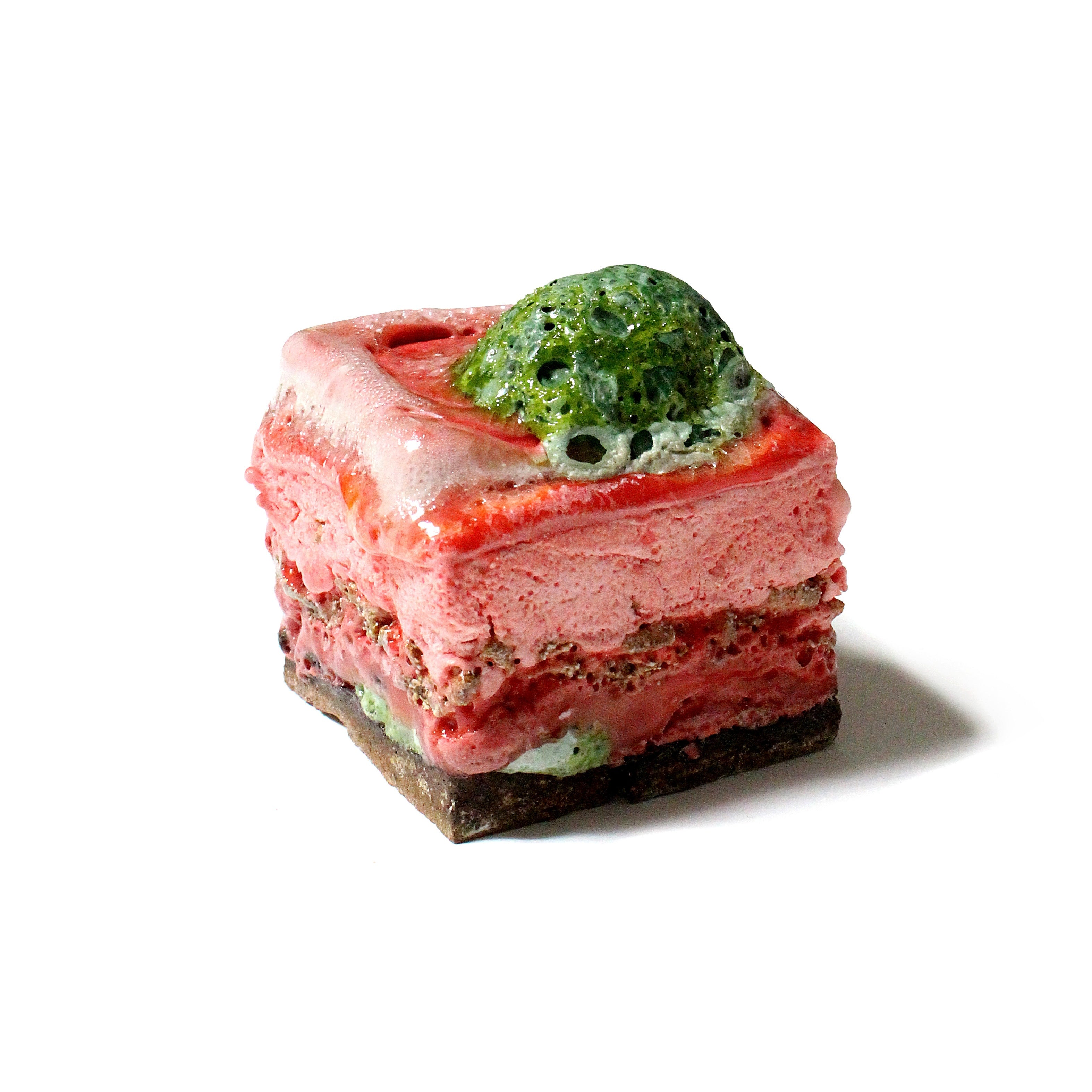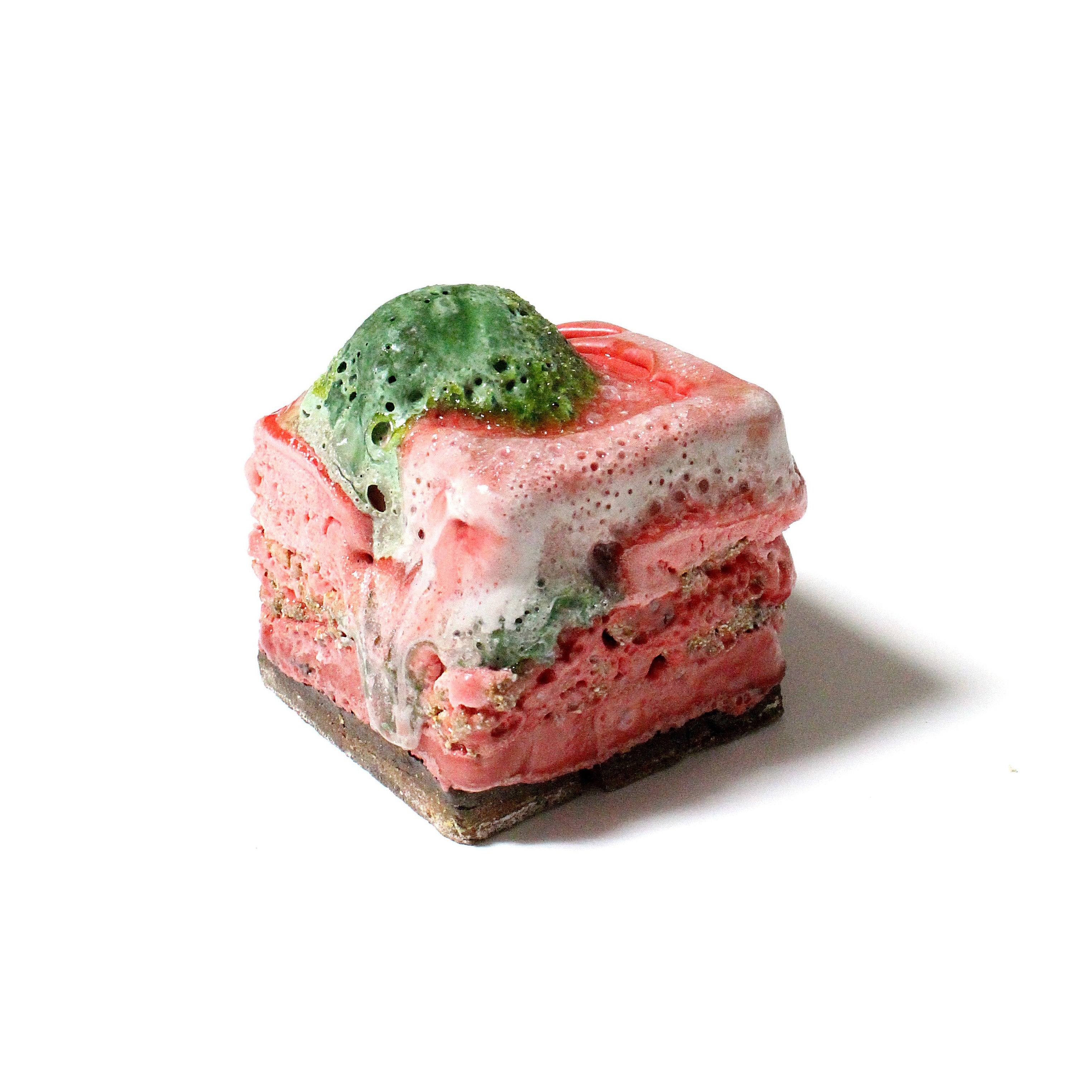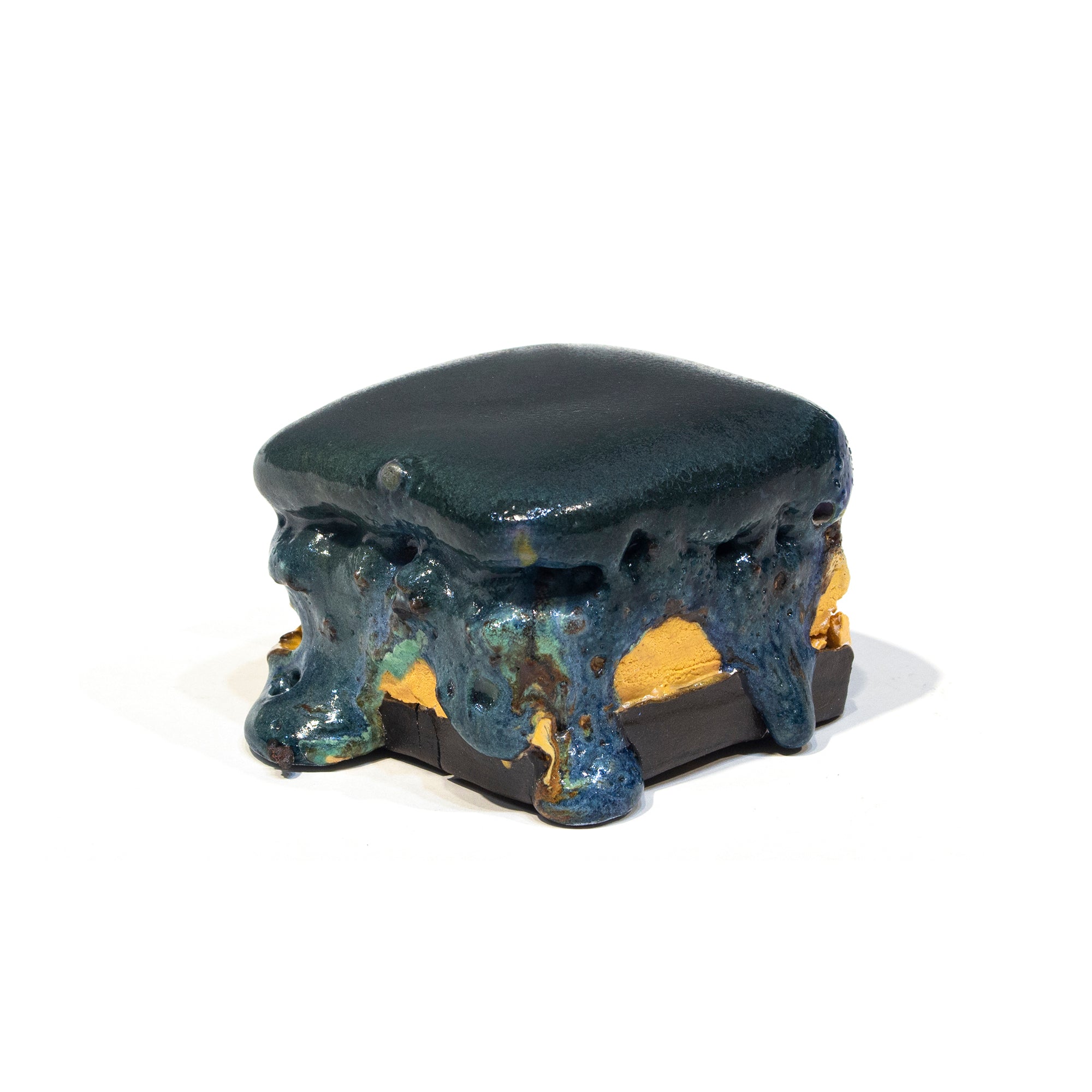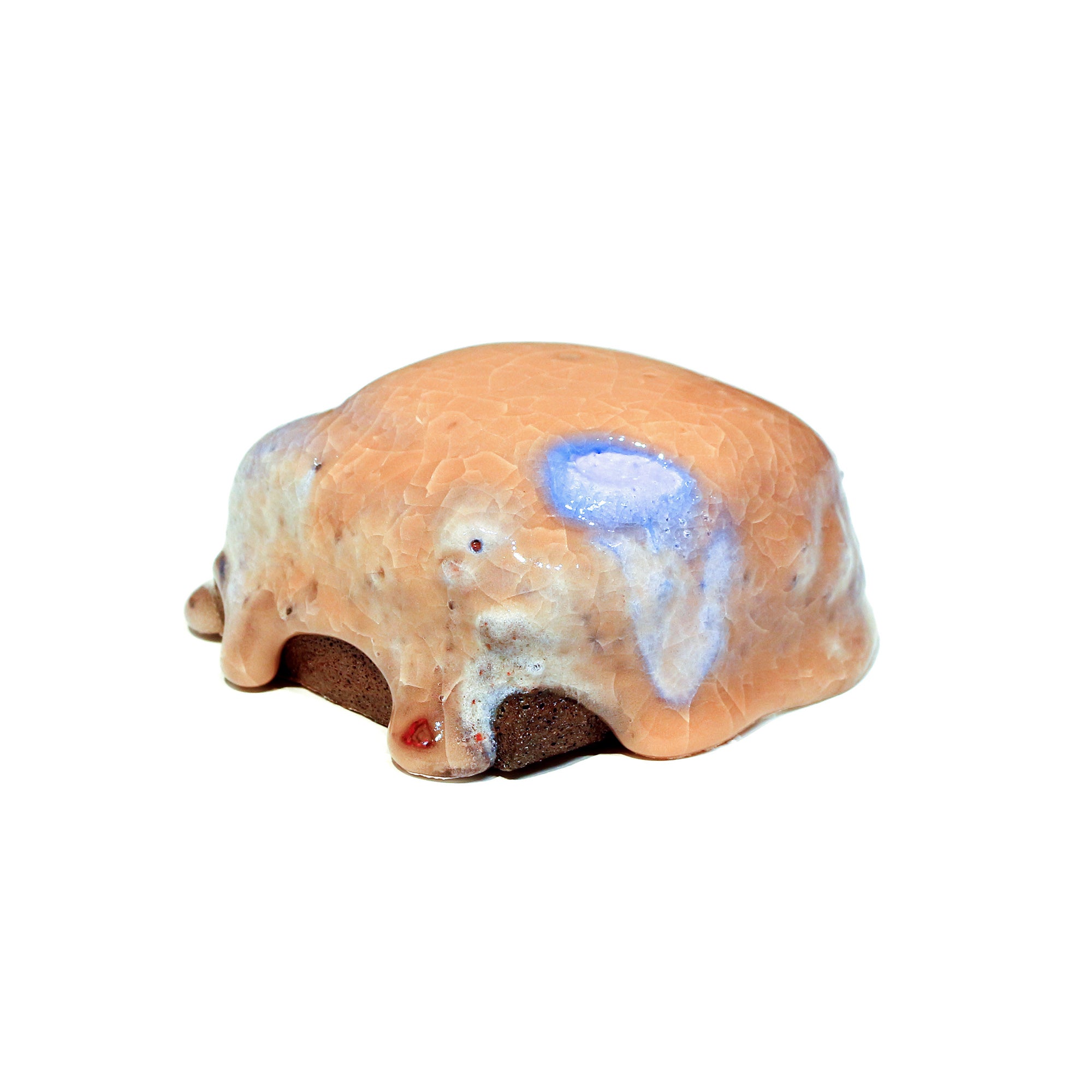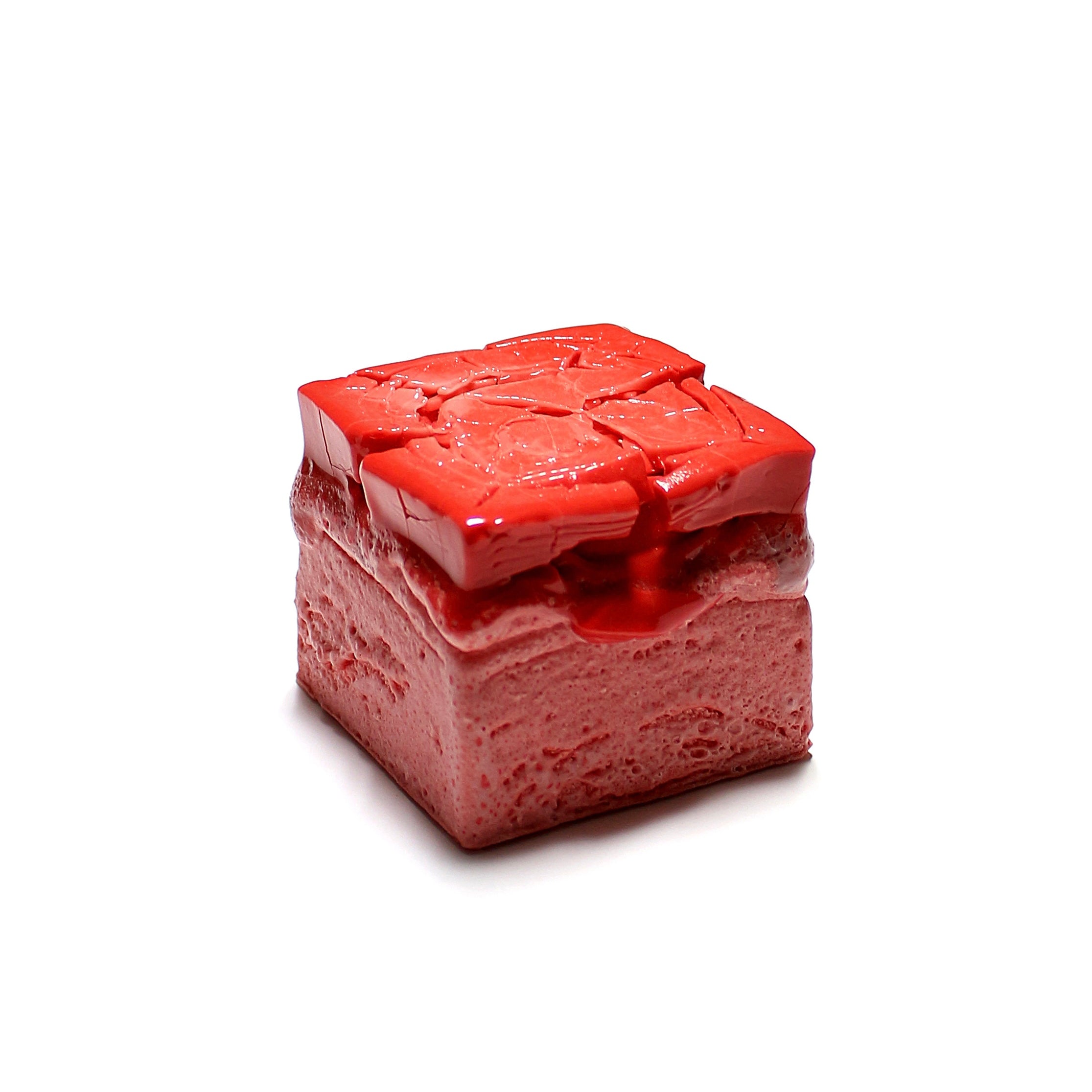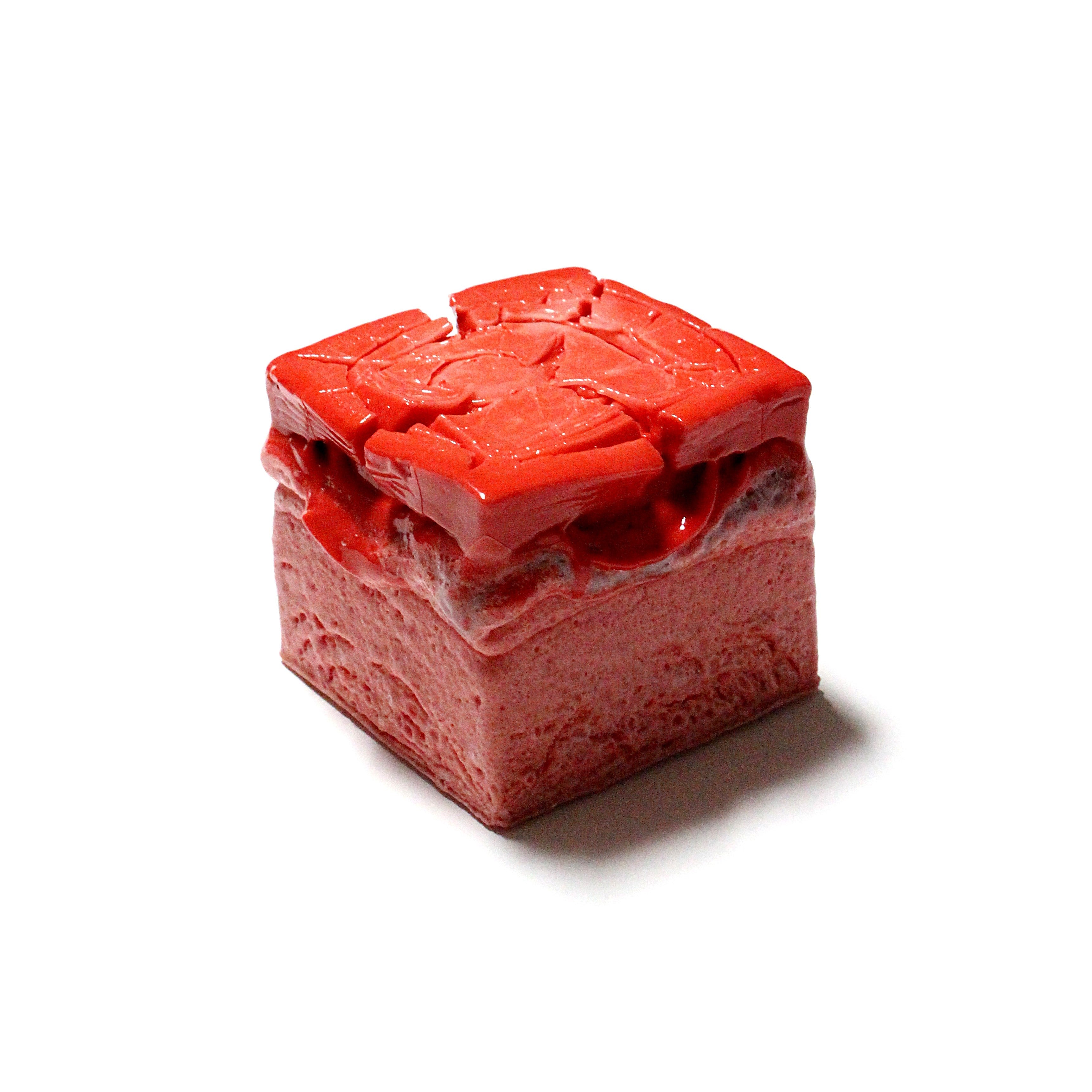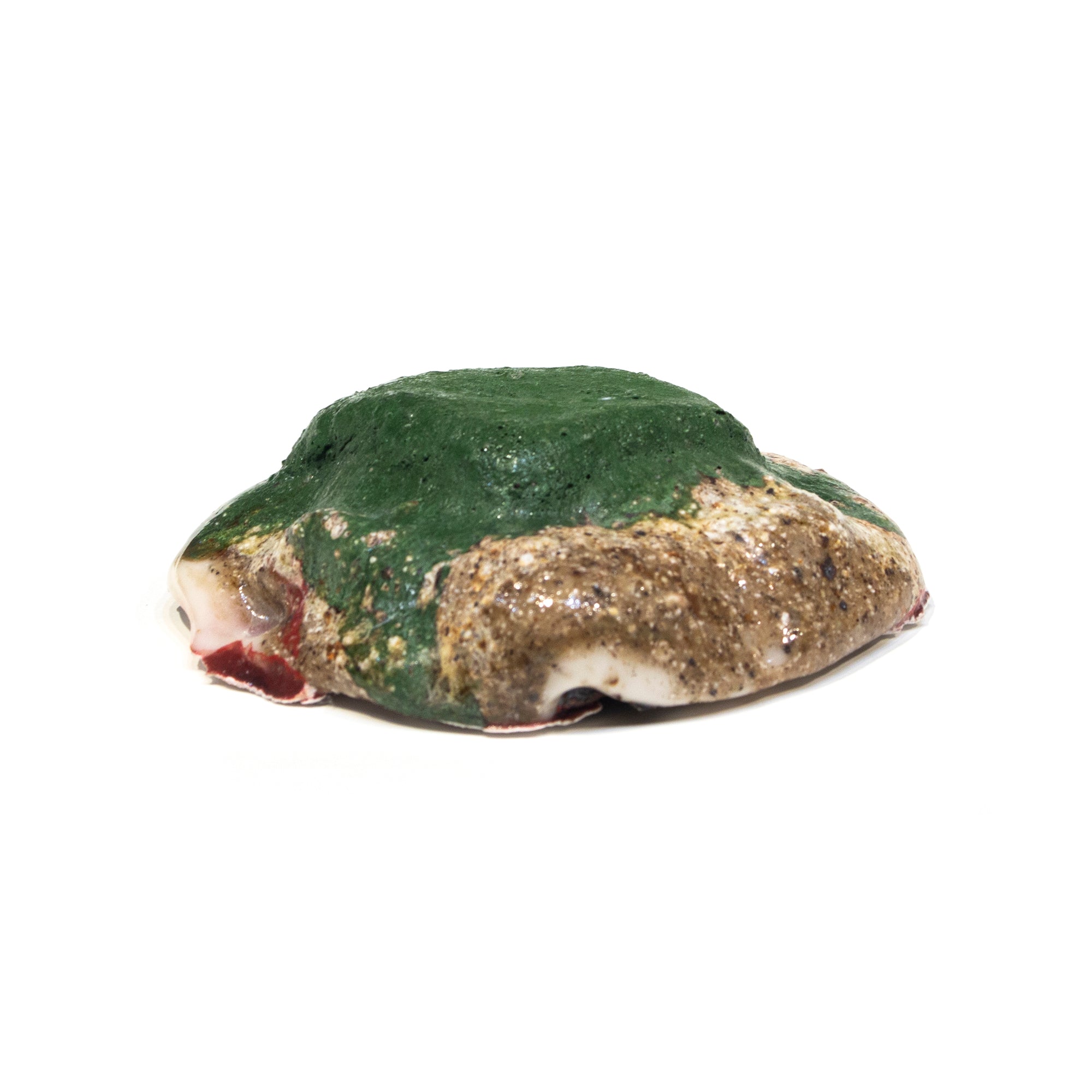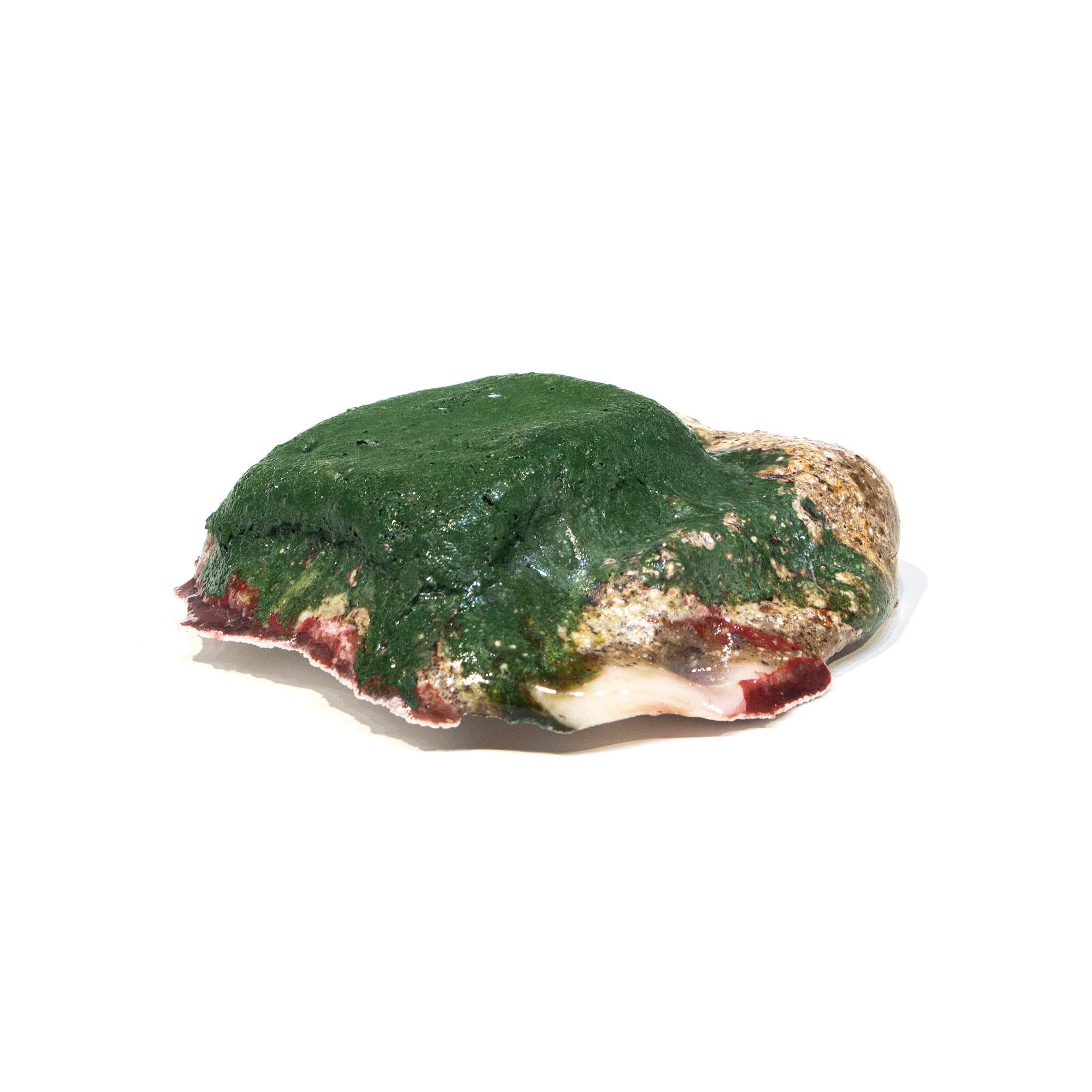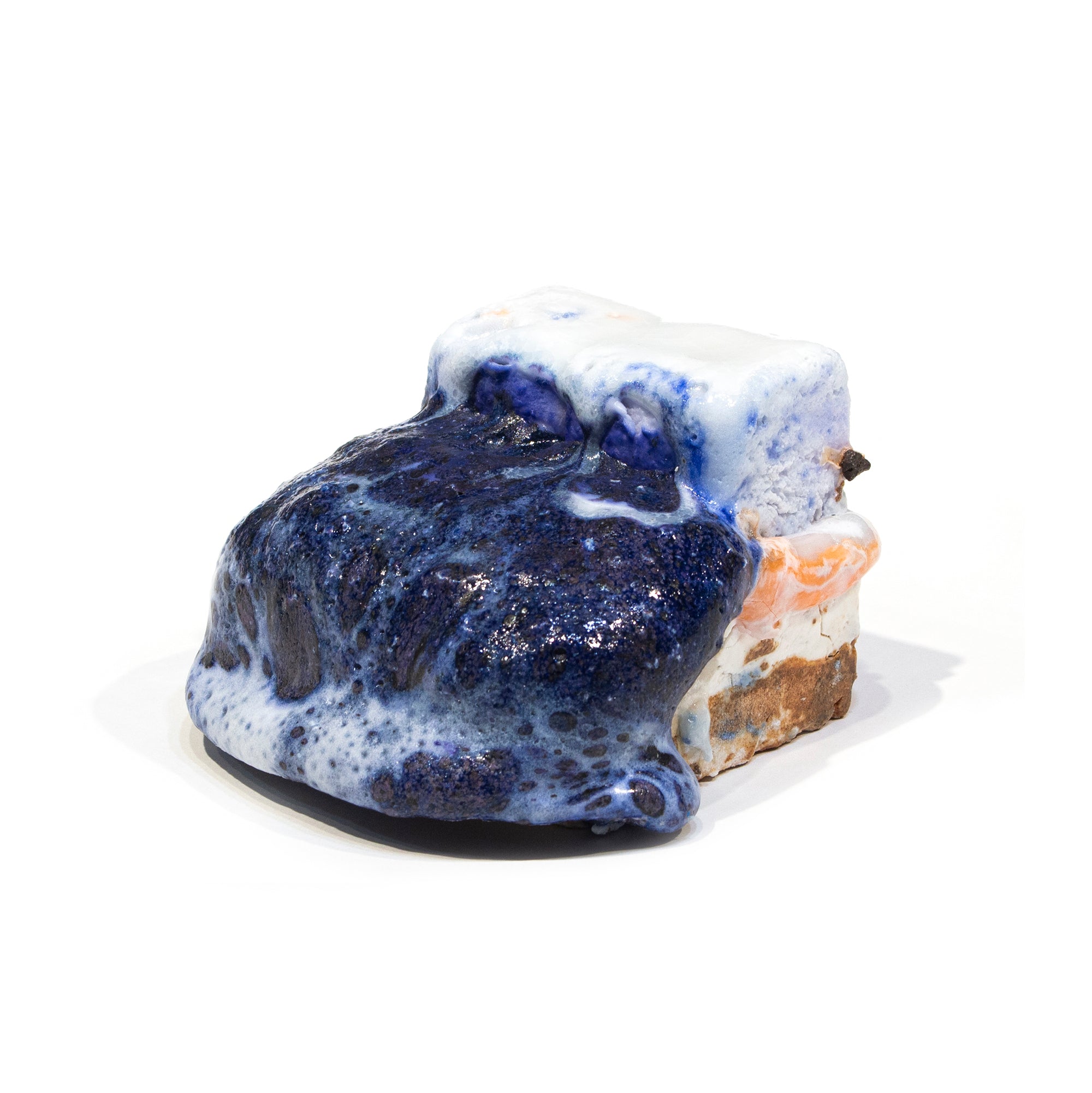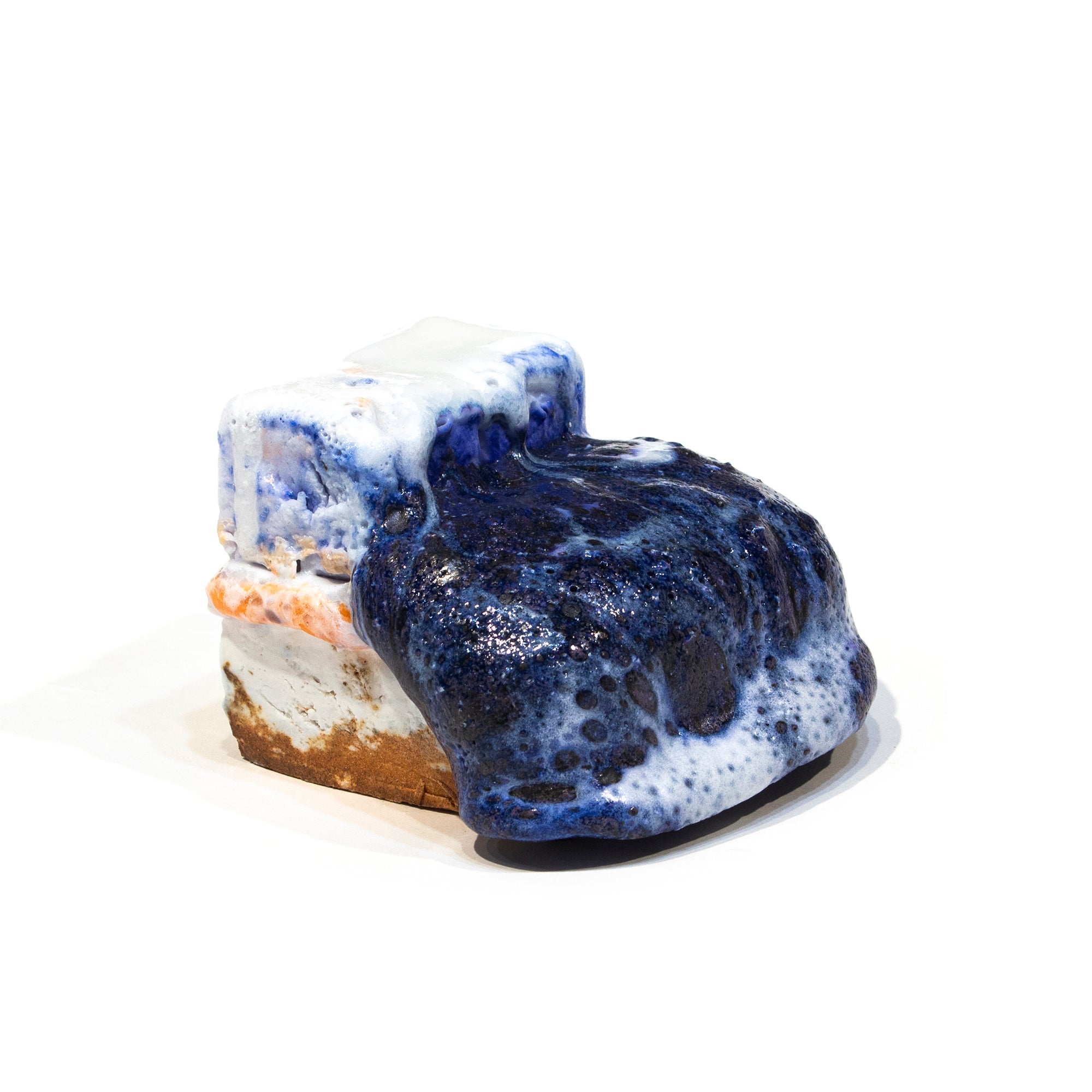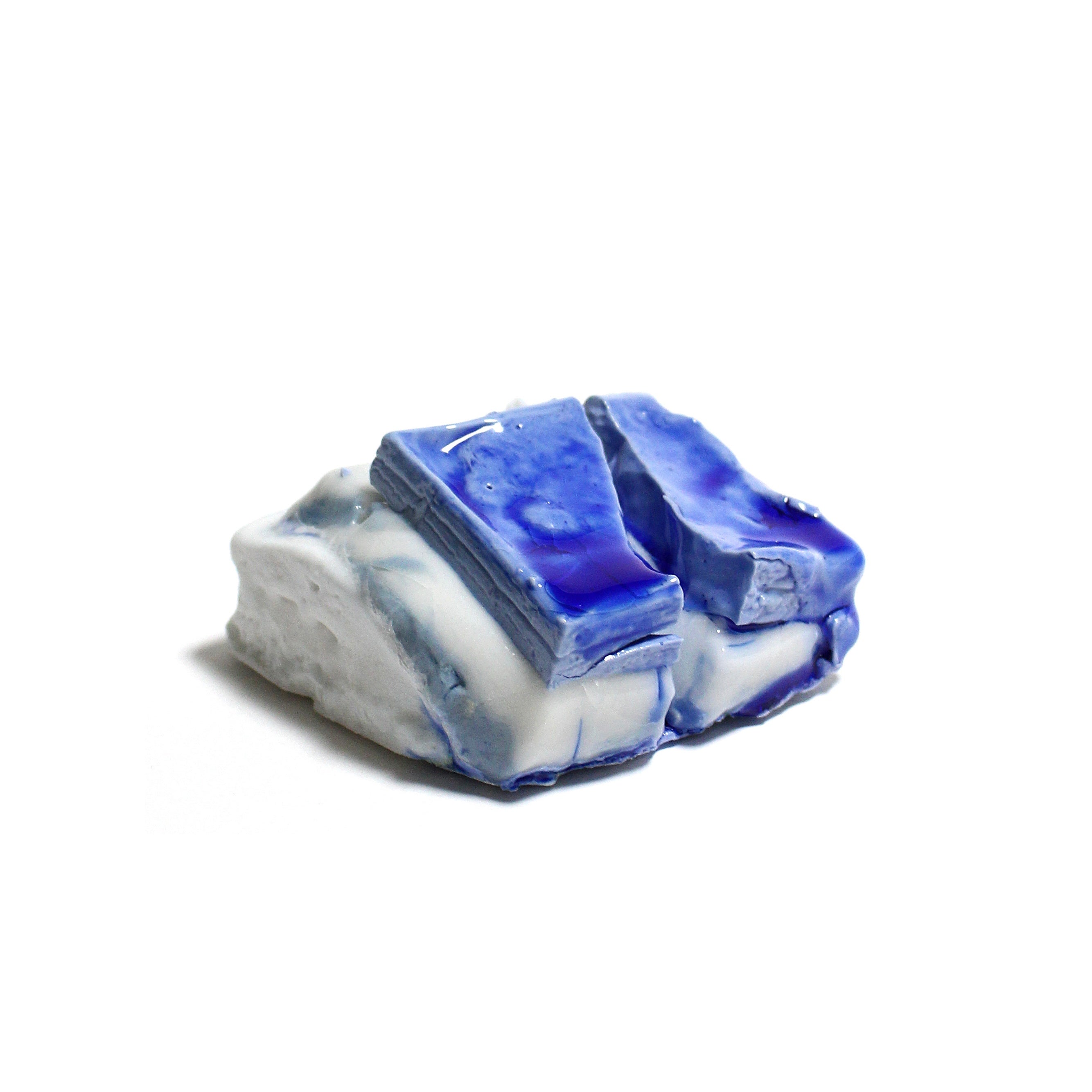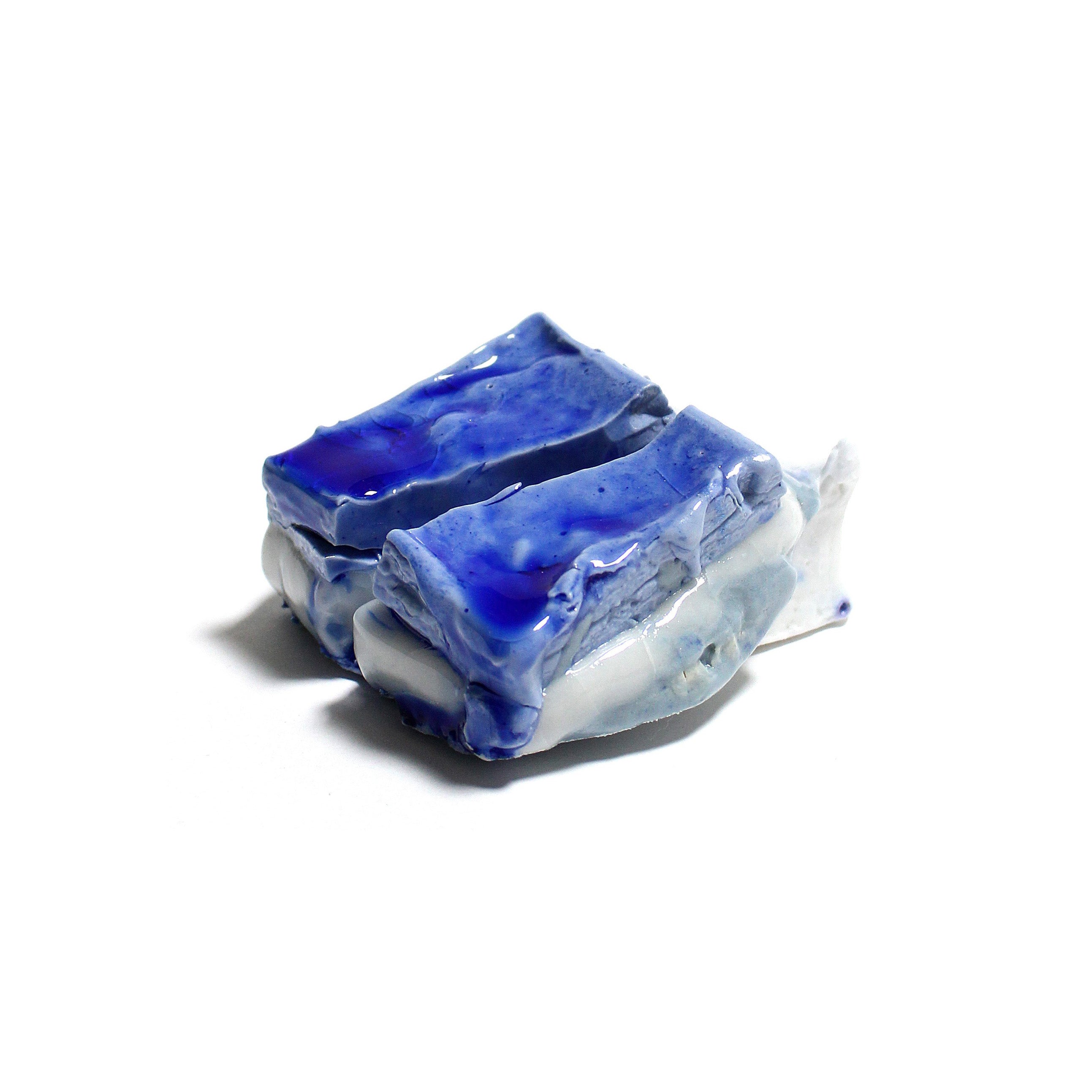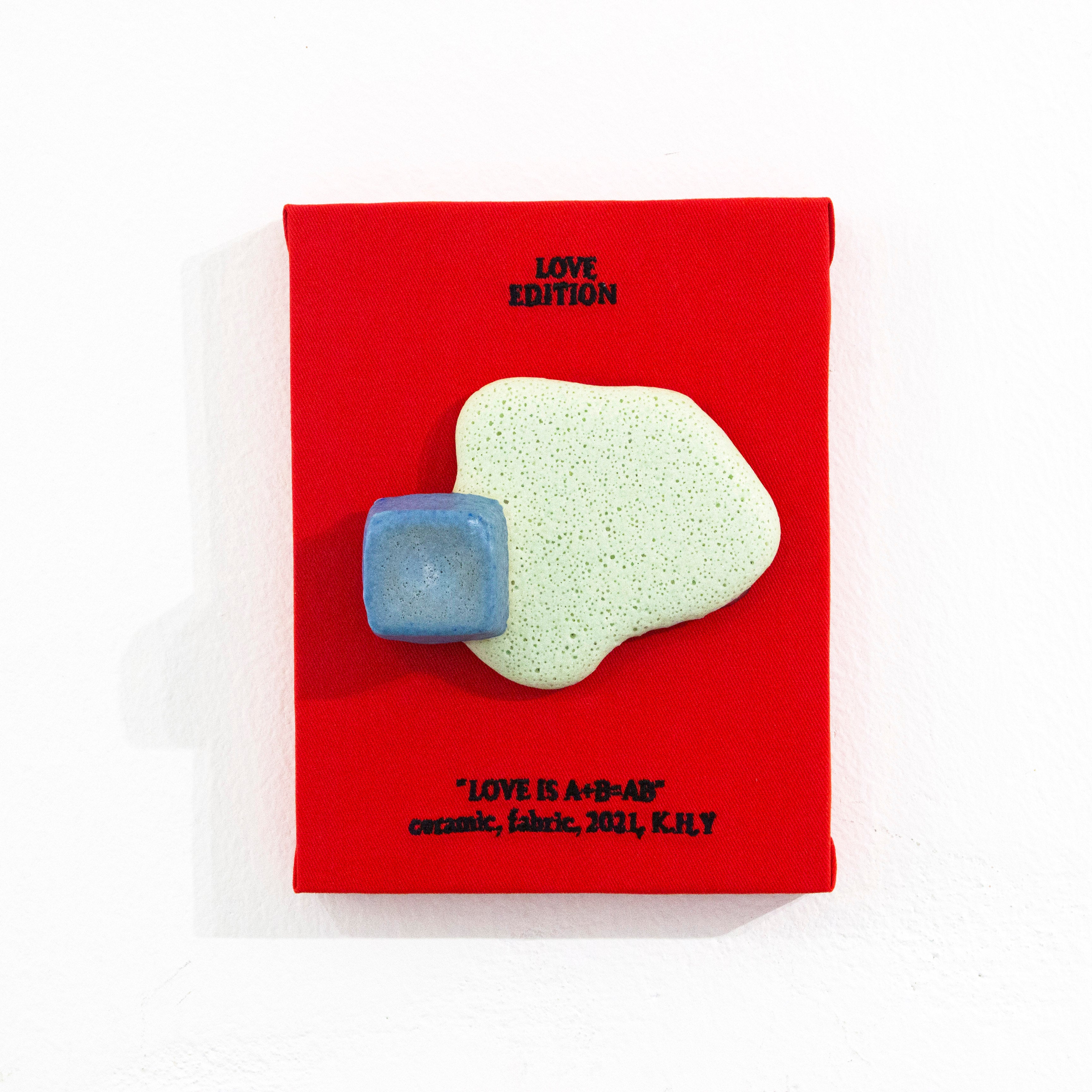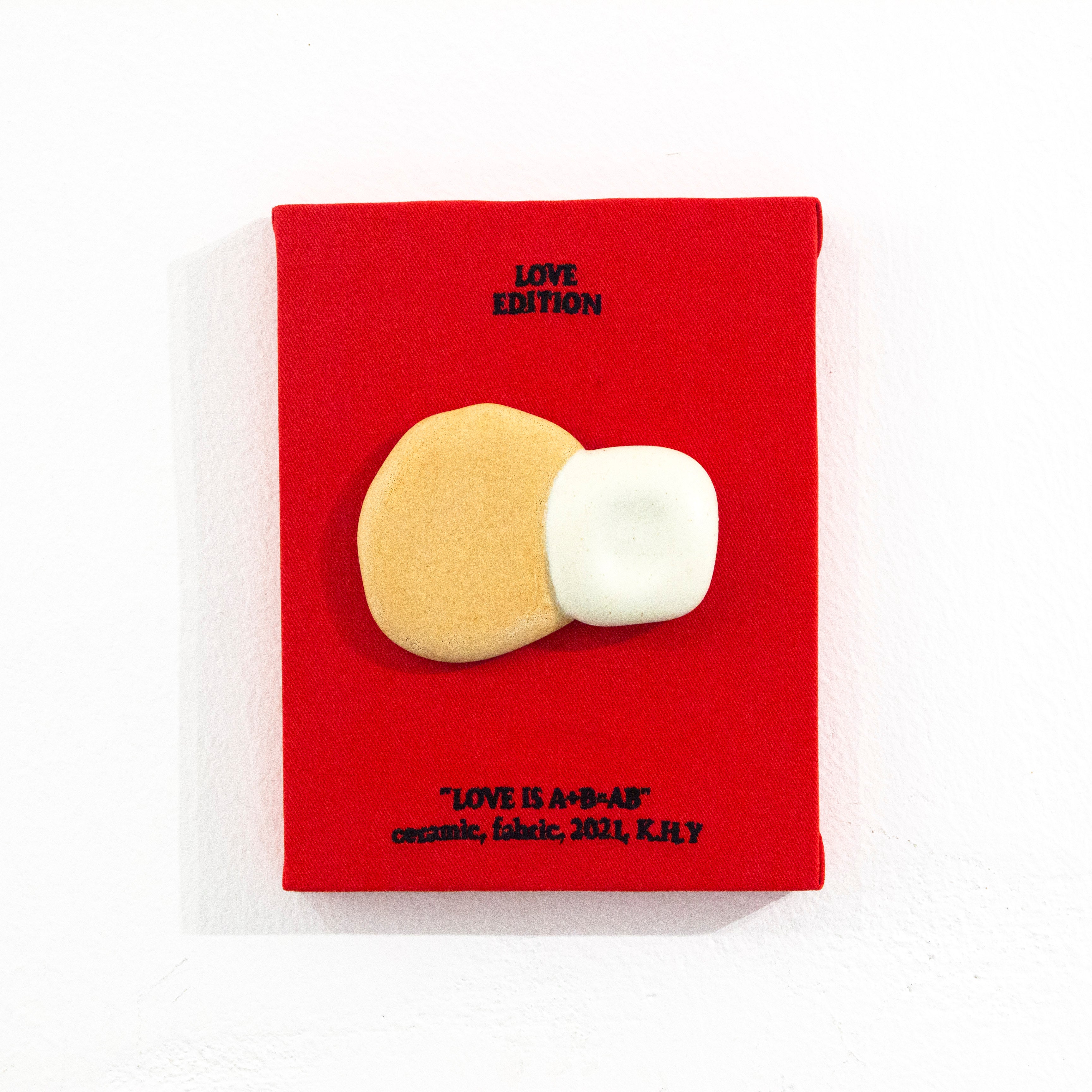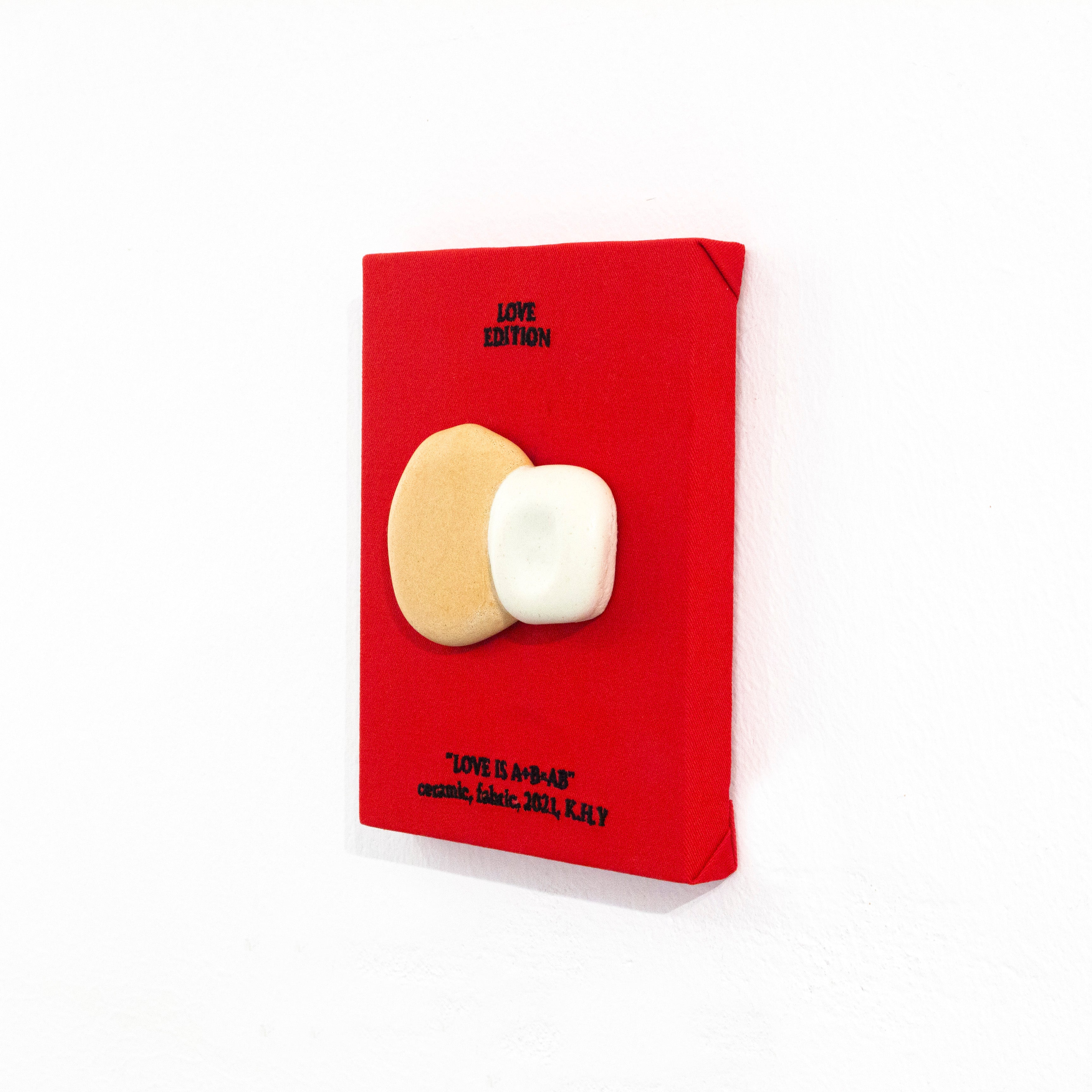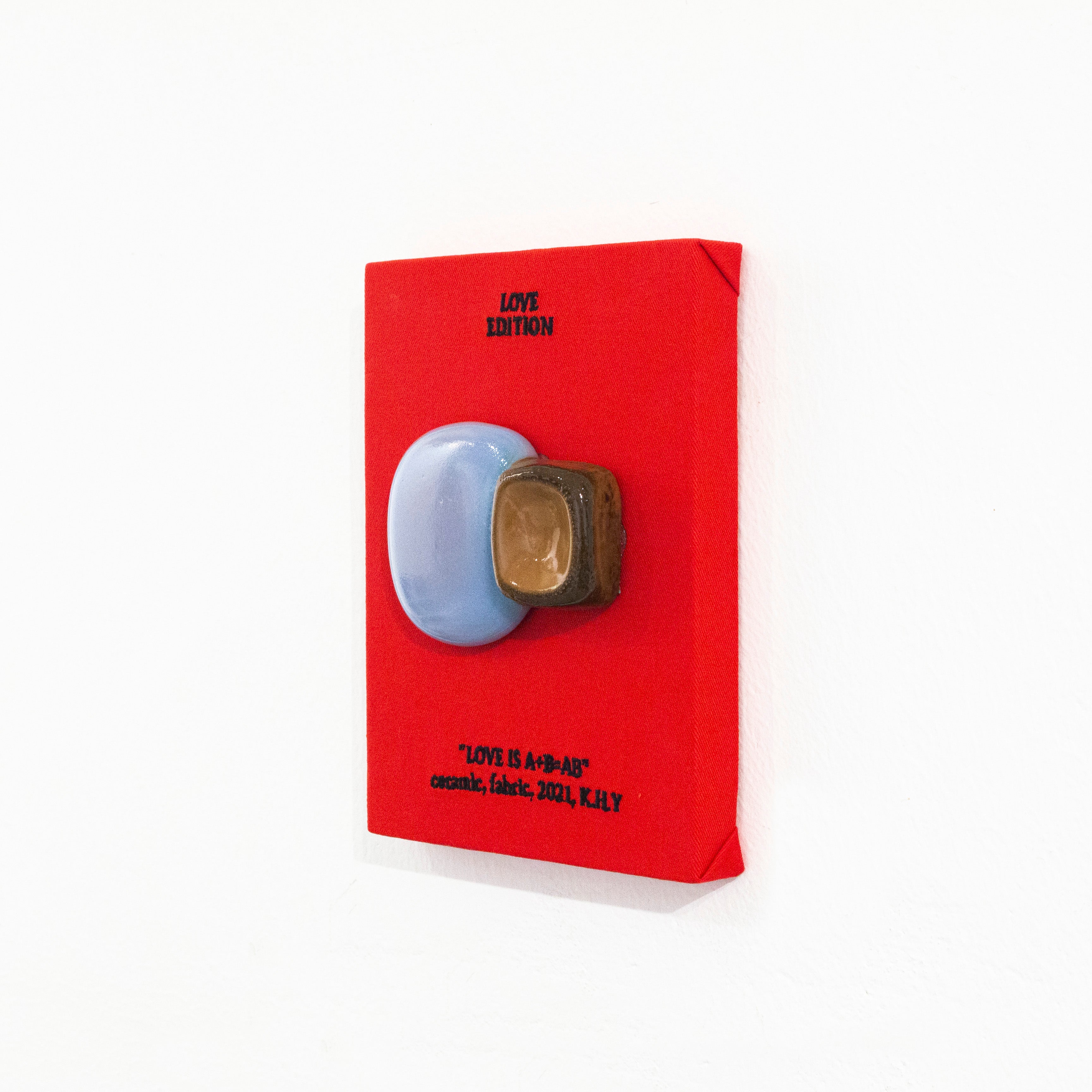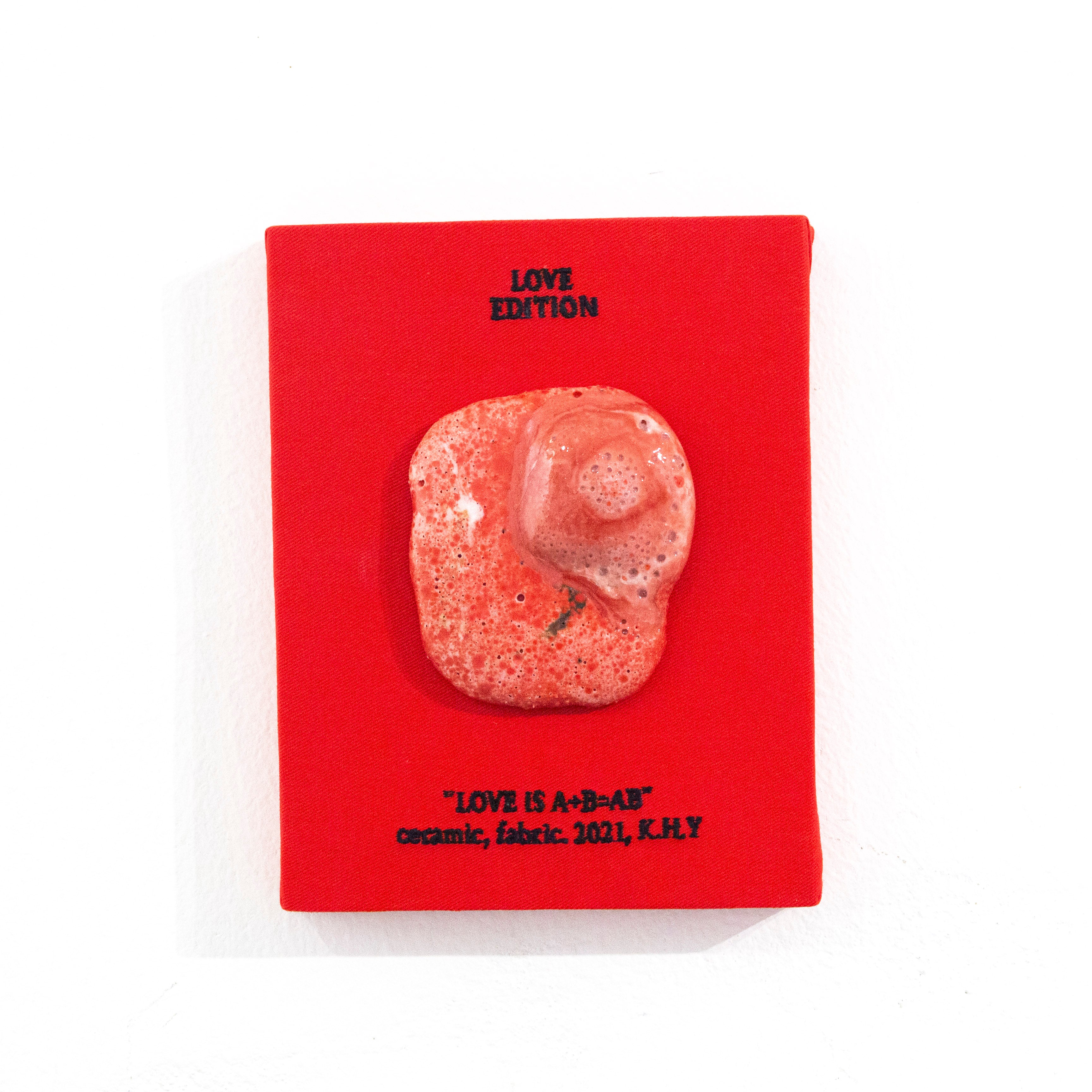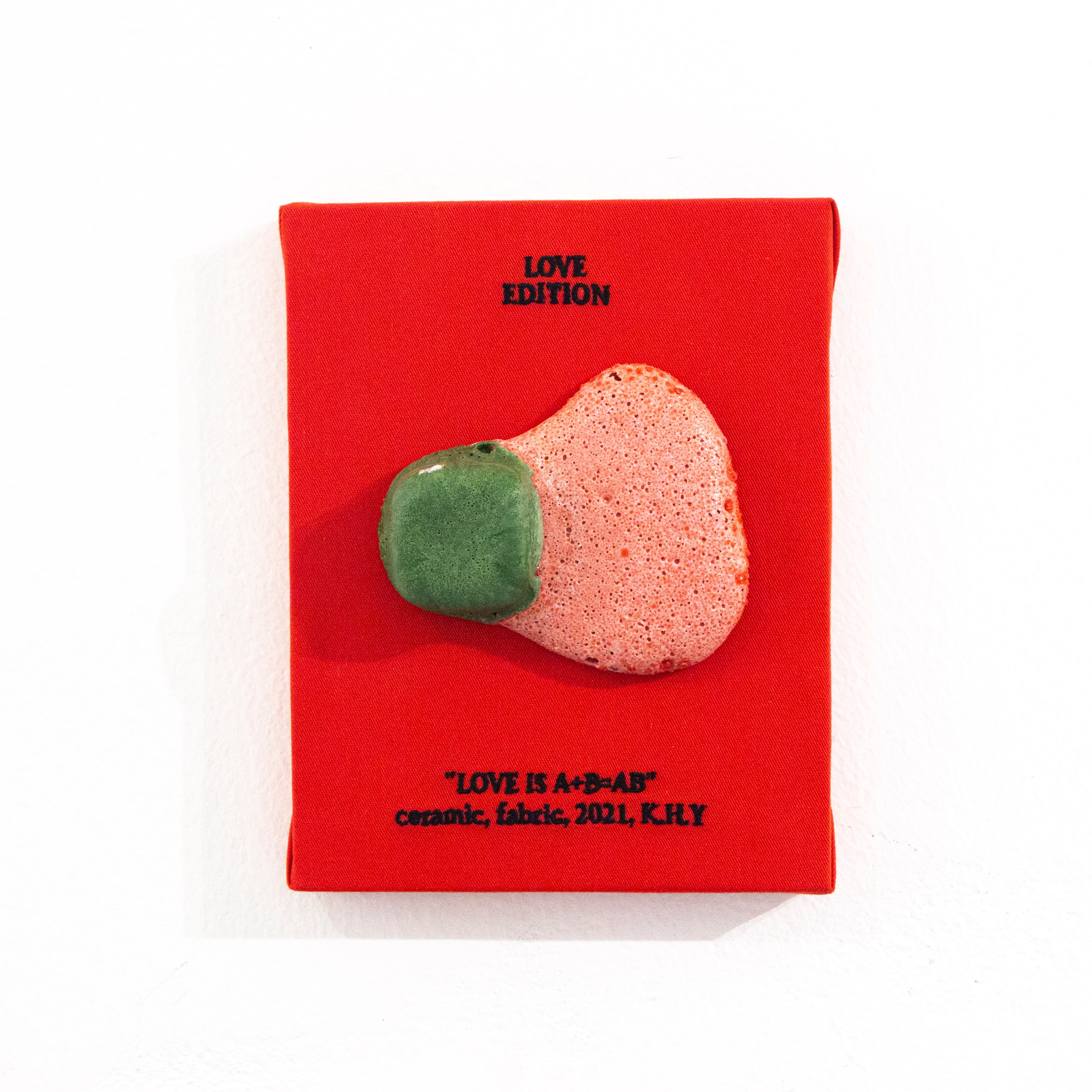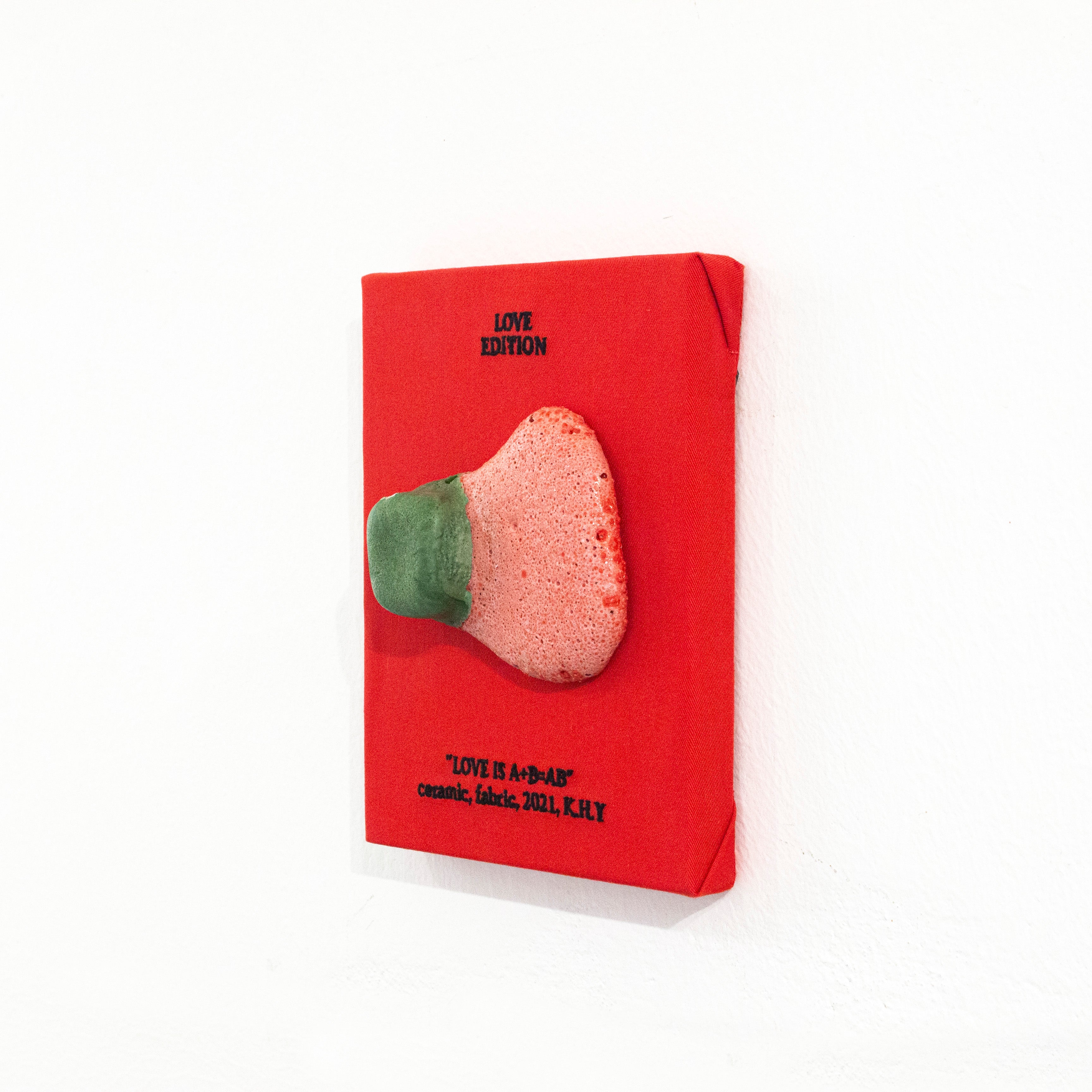
Unveiling the intrinsic potentiality of clay, Hyeon-young Kim embarks on an artistic investigation that both challenges and transcends traditional ceramic paradigms. Her oeuvre, initiated in 2019 and entitled "Autonomic Drugs 900-1250," draws inspiration from the human autonomic nervous system—responsible for involuntary functions such as breathing, sweating, and digestion—to create clay structures that undergo transformative processes when subjected to heat. These cube-shaped forms shatter their initial uniformity upon firing, mimicking the unpredictable and involuntary nature of the autonomic nervous system while achieving a newfound, uncontrollable identity.
In conventional ceramic practice, the roles of clay and glaze are typically demarcated: clay serves as the structural medium, and glaze acts as its protective layer. However, Kim eschews these conventional dualities by amalgamating the oxides and minerals from both elements. Through meticulous experimentation, she has cataloged an extensive array of over 450 distinct chemical reactions, each captured and archived as individual works of art. This curated body of knowledge not only acts as a monumental contribution to the field of ceramics but also functions as an artistic expression of ‘discovered serendipity’—reinterpreting coincidental phenomena through a novel material lens.
Hyeonyoung Kim articulates the ethos behind her work in a singular, reflective sentence: "I wish to give their own volition to clays."
Currently residing and operating out of Seoul, Korea, Hyeonyoung Kim(b.1995) holds both Bachelor and Master of Fine Arts degree in Ceramic Art from the Seoul National University of Science and Technology(SeoulTech).
[C.V.]
Unveiling the intrinsic potentiality of clay, Hyeon-young Kim embarks on an artistic investigation that both challenges and transcends traditional ceramic paradigms. Her oeuvre, initiated in 2019 and entitled "Autonomic Drugs 900-1250," draws inspiration from the human autonomic nervous system—responsible for involuntary functions such as breathing, sweating, and digestion—to create clay structures that undergo transformative processes when subjected to heat. These cube-shaped forms shatter their initial uniformity upon firing, mimicking the unpredictable and involuntary nature of the autonomic nervous system while achieving a newfound, uncontrollable identity.
In conventional ceramic practice, the roles of clay and glaze are typically demarcated: clay serves as the structural medium, and glaze acts as its protective layer. However, Kim eschews these conventional dualities by amalgamating the oxides and minerals from both elements. Through meticulous experimentation, she has cataloged an extensive array of over 450 distinct chemical reactions, each captured and archived as individual works of art. This curated body of knowledge not only acts as a monumental contribution to the field of ceramics but also functions as an artistic expression of ‘discovered serendipity’—reinterpreting coincidental phenomena through a novel material lens.
Hyeonyoung Kim articulates the ethos behind her work in a singular, reflective sentence: "I wish to give their own volition to clays."
Currently residing and operating out of Seoul, Korea, Hyeonyoung Kim(b.1995) holds both Bachelor and Master of Fine Arts degree in Ceramic Art from the Seoul National University of Science and Technology(SeoulTech).
[C.V.]



